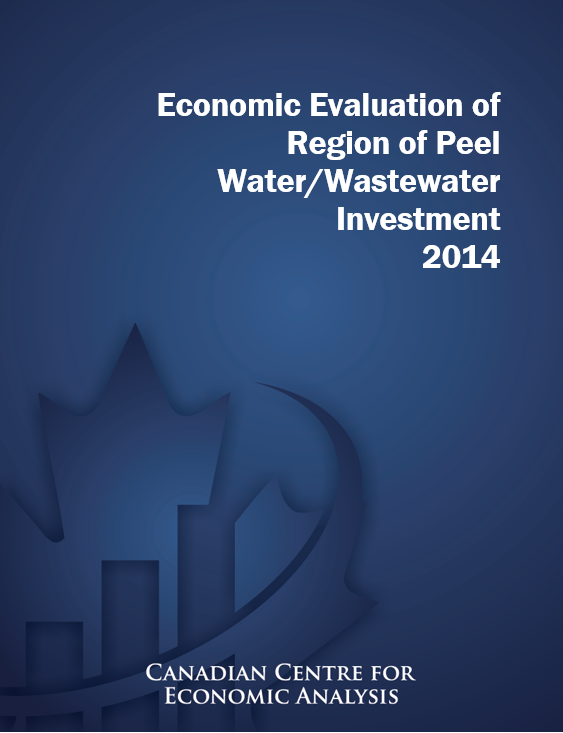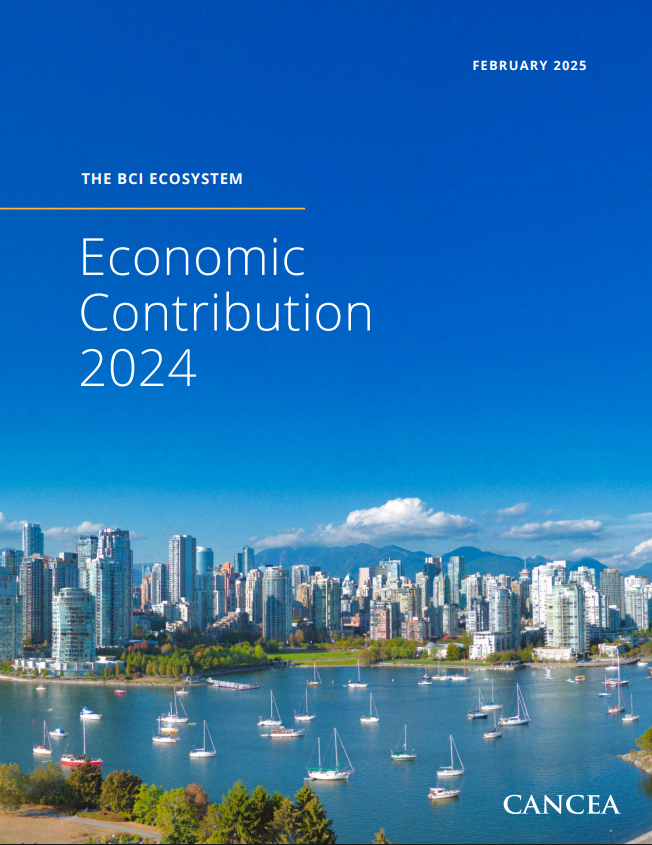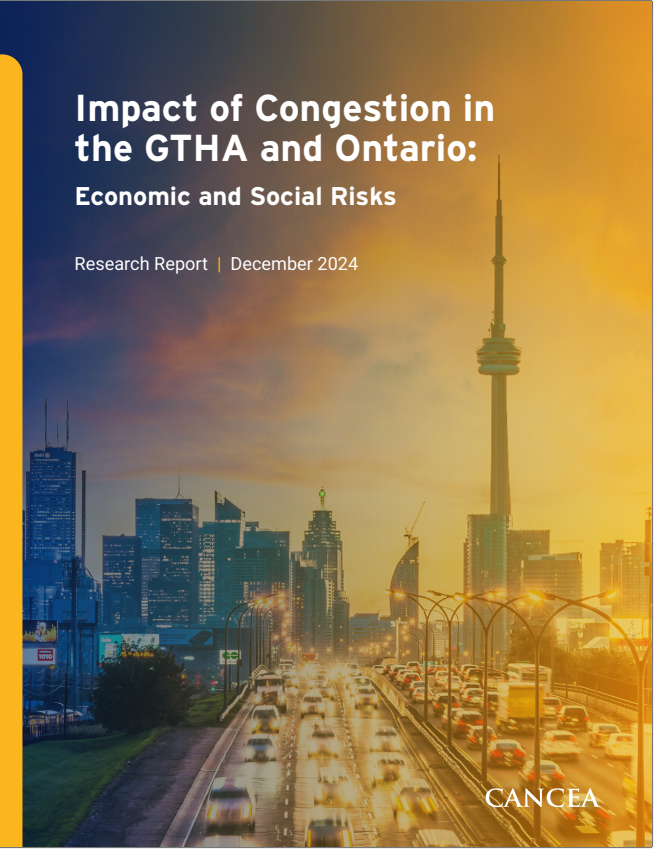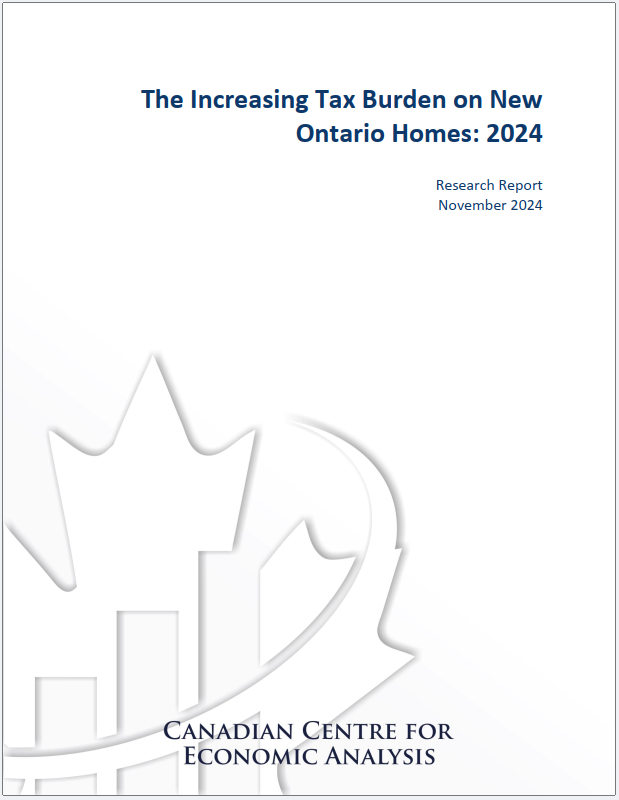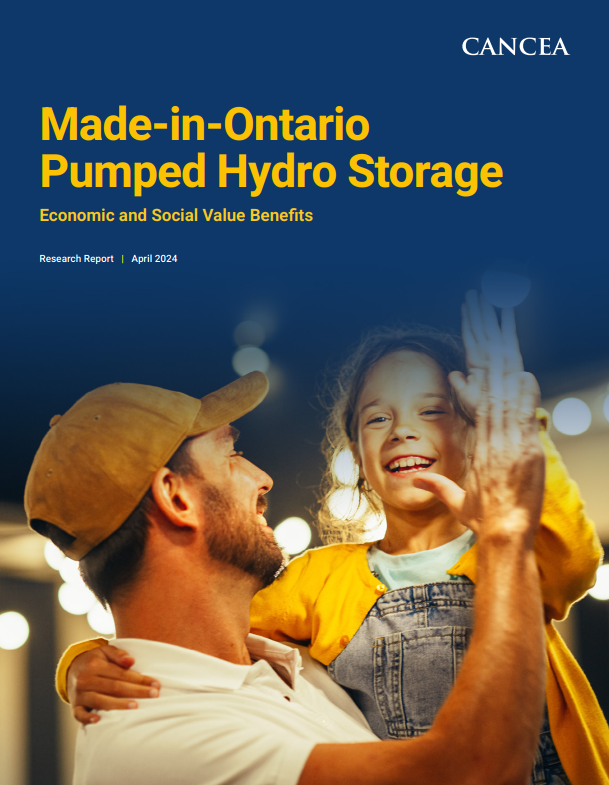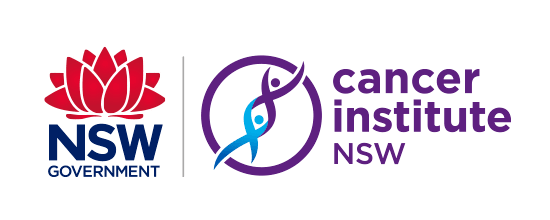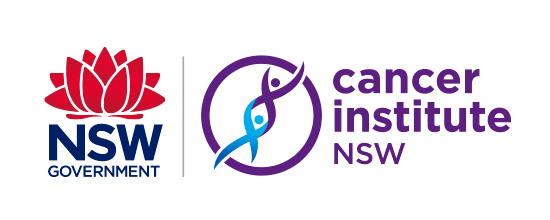The following study won the Canadian Institute of Planners 2015 Award for Planning Excellence in Sustainability, Mobility, Transportation, and Infrastructure.
Sufficient investment into the Region of Peel (RoP) infrastructure ensures that the region’s roads, waste management, transit systems as well as water and power delivery are properly maintained and are adequate to serve the growing needs of the population of the region and the province. Beyond the basic societal needs, this investment also plays an important economic role in the way it supports the means of production and transportation of the region’s goods and services.
The analysis contained in this report is focused upon the post 2031 year economic impact of different levels of new water and wastewater investment on the Peel, Ontario and Canadian economies as measured in terms of employment, economic productivity and the ability of different levels of government to raise fiscal revenues to sustain such investment.
The study is approached using an agent-based socio-economic simulation platform in conjunction with historical evidence from Statistics Canada and the RoP to simulate the behaviour of computational economic agents under different sets of new water and wastewater investment policies to understand the emergent results from their expected future interactions. For this purpose, we have assumed that taxation rates and municipal fiscal policies do not change into the future, and we have viewed the RoP as a single economy with one government tier (ie. revenue and investment data for the region and member municipalities have been grouped). Future studies are encouraged to decompose the analysis into member municipalities of the region to understand the effects of different municipal levels of development and dependency upon new water and wastewater investment.
Results at a Glance
|
Prosperity Metrics |
Results |
|
Employment with Economic productivity = |
Economic prosperity for the region is maximized under a $4 to $4.5 billion water and wastewater investment. Quantity of employment tends to be maximized beyond the $3 billion investment level. The quality of employment, productivity and the ability of governments to raise fiscal revenues are maximized at the $4 to $4.5 billion investment level. Economic production returns peak at the $5.5 billion investment level, with negative marginal rates of return occurring. Water and wastewater systems become over-capitalized at these levels. Benefits of water/wastewater new infrastructure investment are interdependent upon the concurrent investment by the private sector and other public infrastructure types by municipalities, the province and the federal government. |
|
Employment |
$4 billion investment concurrently supports up to 200,000 new jobs in the region and 2.88 million person-years of employment from direct, indirect, induced and systems effects. For every job created in the region, between 1.37 and 1.47 jobs are created for Ontario (inclusive of the region) and between 1.56 to 1.69 jobs are created for Canada (inclusive of the province). The investment supports approximately 4.7 million person-years of employment in Canada, with 86% of that employment in Ontario and 70% of that employment within or near the region. |
|
Economic productivity
|
$4 billion investment concurrently supports up to 1.17% of real annual GDP growth for the Peel region. This supports an incremental change in the GDP real rate of return for Ontario of 0.14% annually (inclusive of the region) and 0.07% annually (inclusive of the region) for Canada. For every $1 of real GDP created in the region, Ontario benefits within the range of $1.13 to $1.18 of real GDP (inclusive of the region) and Canada benefits within the range of $1.19 to $1.27 of real GDP (inclusive of the region). |
|
Government revenue earning ability |
$4 billion investment concurrently supports up to 0.64% of real rate of fiscal revenue growth per capita for the Peel region. This is contrasted against the “no investment” case where a 0.53% average annual abatement of fiscal revenue generation ability per capita for the Peel region. For every $1 of municipal revenue generated in Peel region from the investment, Ontario provincial government revenues benefit within the range of $1.59 to $1.77 (net of the region) and federal revenues benefit within the range of $1.26 to $1.50 (net of the region and of Ontario). |
